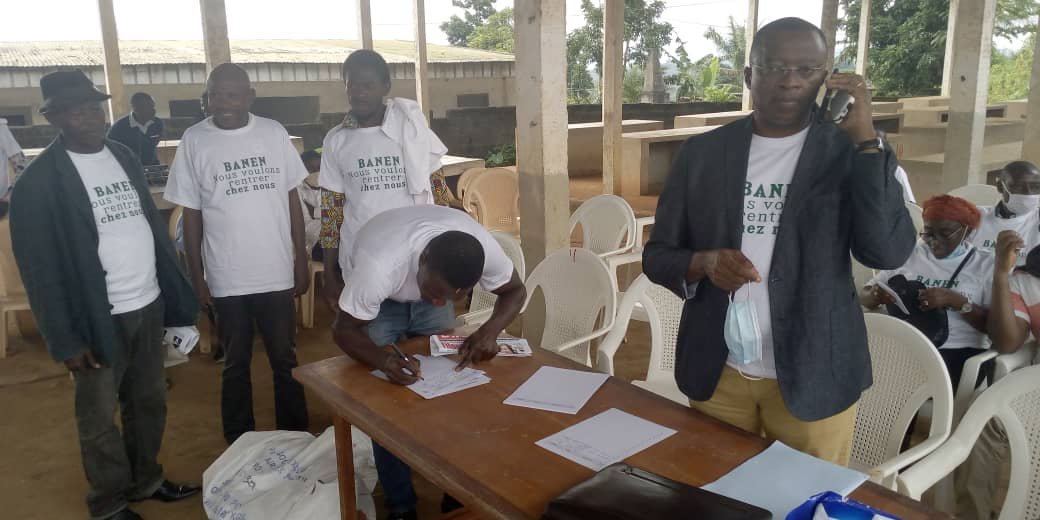“We are here to look for ways and means based on the existing legal structures for the acquisition of licenses for local communities and be able to make some propositions to the government in order to ease conditions for acquiring these documents.” said Moses Ncho Tabe, one of the participants at the two day workshop […]
Forestry
Samuel Moth, Member of Parliament at the national assembly of Cameroon has initiated an explanatory and sensitization campaign related to the Ebo forest in the Nkam division, littoral region of the country as part of activities defined in his road map. The newly elected Member of Parliament from the ruling Cameroon people’s democratic movement (CPDM) […]



